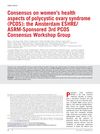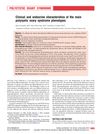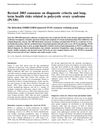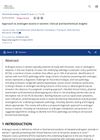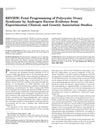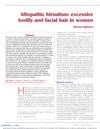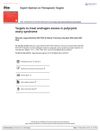Clinical and Laboratory Indicators of Polycystic Ovary Syndrome in Chinese Han Nationality with Different Rotterdam Criteria-Based Phenotypes
November 2015
in “
Gynecological Endocrinology
”
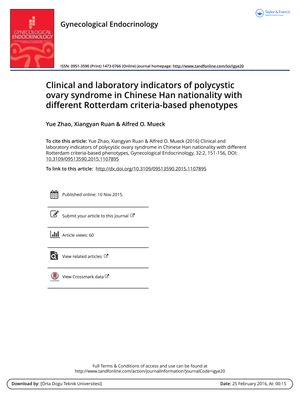
TLDR Different types of PCOS in Chinese Han women show varying levels of male hormone and metabolic issues.
The study examined 647 Chinese Han women with polycystic ovary syndrome (PCOS), divided into four groups based on Rotterdam criteria phenotypes, and compared them to a control group of 60 women. It found that the most common and severe phenotype, Group A, which met all three Rotterdam criteria, had higher androgen levels and hirsutism scores. Groups C and D had milder PCOS phenotypes but still showed increased luteinizing hormone (LH) and LH/follicle-stimulating hormone (FSH) ratios compared to controls. Insulin resistance was linked with lipid profiles across all PCOS subtypes and correlated with serum total testosterone and LH/FSH ratio in Group A. The study concluded that hyperandrogenism is a key factor in distinguishing PCOS phenotypes and that metabolic disorder severity may differ among these subtypes.
